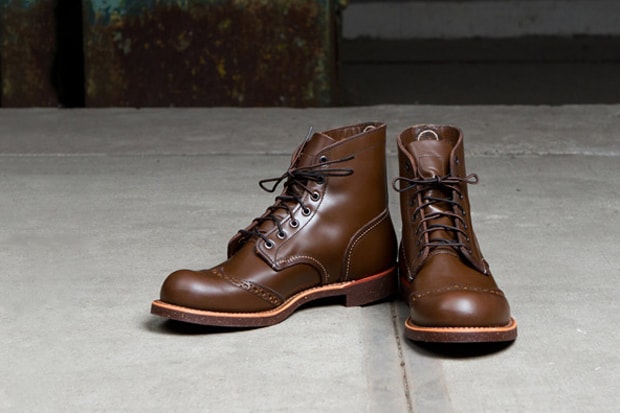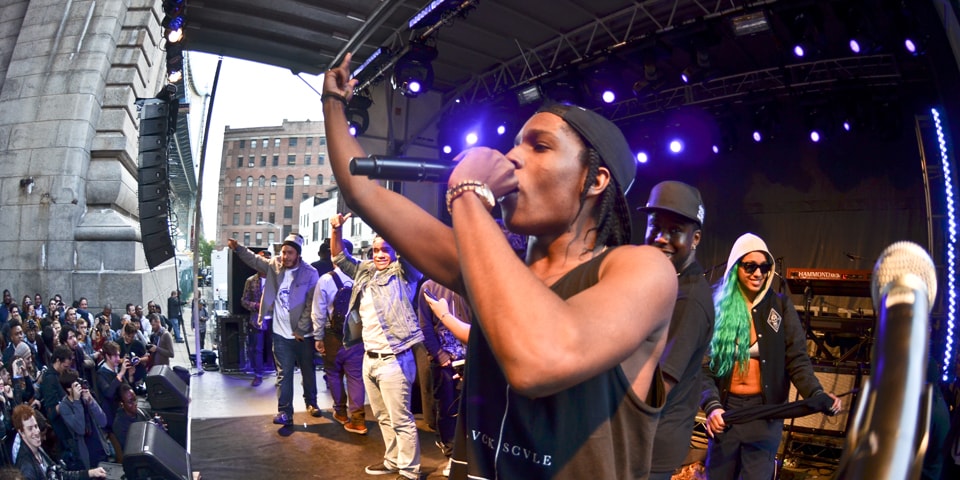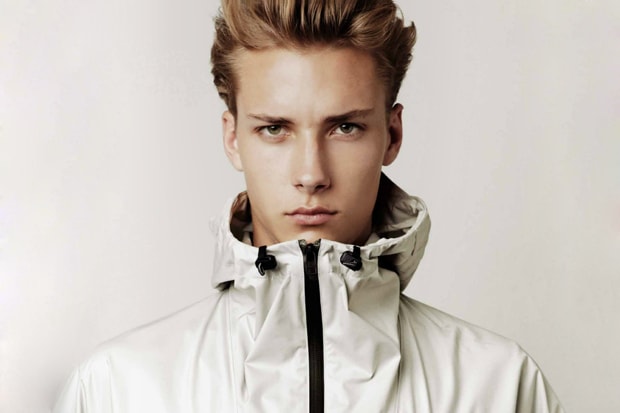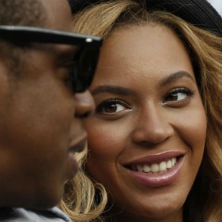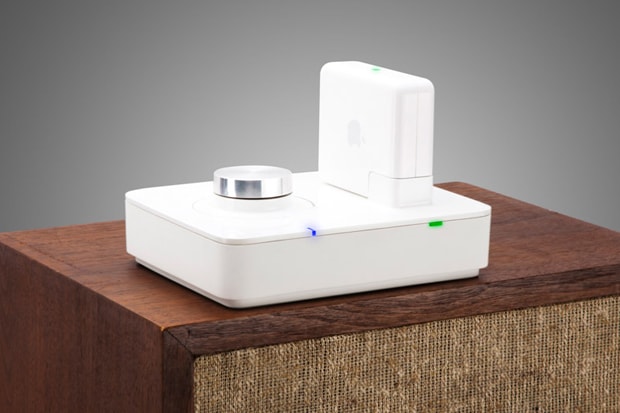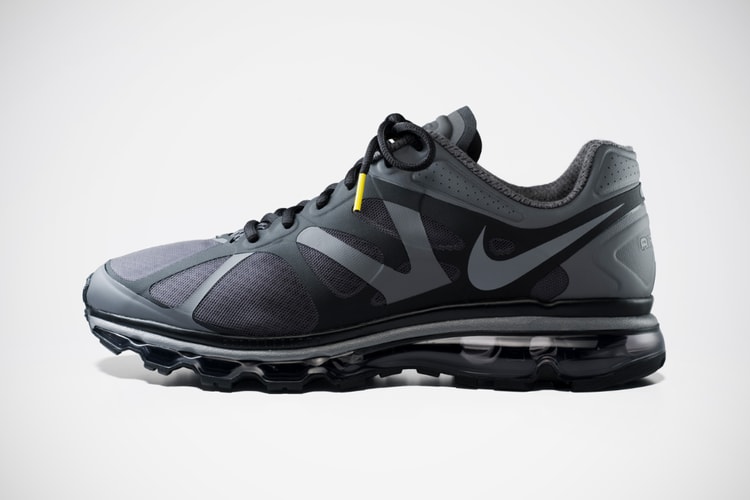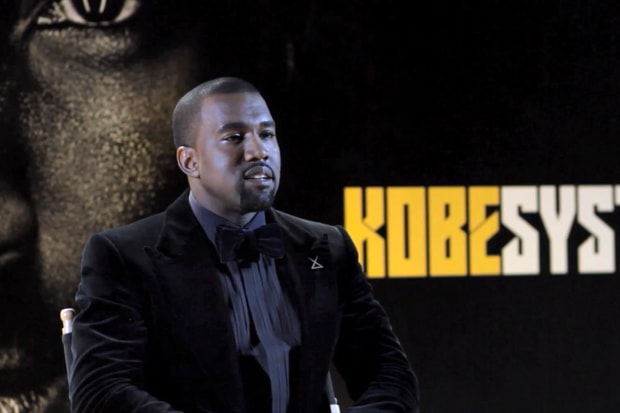The Business of Fashion: Inside Supreme - Anatomy of a Global Streetwear Cult Part 1
The Business of Fashion reprinted a previous article on behalf of 032c magazine and Alex Hawgood

The Business of Fashion reprinted a previous article on behalf of 032c magazine and Alex Hawgood which spoke about one of fashion’s most influential brands: Supreme. Despite its roots as a skateboard brand, the New York institution has undoubtedly grown to a scale that reaches far beyond any restrictions that may have accompanied the brand during its start. Vertical fashion expansion to include collaborations from different perspectives including suiting with Adam Kimmel, as well as horizontal expansion outside of fashion with Bad Brains, Miles Davis, Murakami, Koons and Hirst make the brand something unclassifiable. It’s this execution and ability to carefully maneuver among the best that has given the brand so much respect and clout as it continues to inspire the past, present and foreseeable future.
View part 1 in its entirety here with an excerpt seen below.
NEW YORK, United States — When the controversial young rapper Tyler, The Creator won the award for Best New Artist at the 2011 MTV Video Music Awards in August, he offered an enthusiastic, yet expletive-laden acceptance speech. “Yo, I’m excited as fuck right now, yo,” he said. “I wanted this shit since I was nine. I’m about to cry.” But with MTV’s censors on high alert, the speech was broadcast more like this: “Yo, I’m excited as – -— — -, yo. I wanted — – — – —- –. – -— – –.”
With the audio missing for about a minute straight to avoid any profanities and Federal Communications Commission (FCC) fines, viewers were left with no choice but to absorb Tyler’s image in mute. Clad in skinny dark jeans, an oversize tie-dye T-shirt with an image of a cat’s face on it, and a Supreme baseball hat with a leopard print brim, Tyler, who is 20 years old, was the only artist at the award show who could be said to actually embody how young people dress today. No outfit made from meat, no fancy three-piece suit with a cocked fedora, no oversize bling: Tyler looked exactly how certain young men at this very moment choose to wear their clothes on the streets all over the globe.
It’s no coincidence that the only logo the image-conscious Tyler wished to communicate was the one on his Supreme hat. After all, Tyler’s hodgepodge street aesthetic – a big chunk of skateboard culture and urban hip-hop with a dose of American sportswear prep and a winking, intelligent take on hipster irony – is the one Supreme has been cultivating for the past 17 years since opening its first shop on Lafayette Street in 1994.
The flashy sartorial sensibilities of, say, Russell Brand or Kanye West have mutated into their own category of sub-entertainment and, more often than not, their personal styles do not reflect the current vogue. So how then did the Supreme aesthetic finally become one of the most honest representations of how men choose to wear their clothes in the global mainstream today?
It’s easy to answer that question if one concedes that Supreme currently makes some of the best clothes for men in America right now. And for a brand routinely overlooked by fashion publications and menswear experts as “skate clothes” or, perhaps even worse, just a fad in a niche subculture, this may come as something of a surprise.
But can you blame the press for sleeping on it? For almost two decades, Supreme has existed in a cult-like bubble. Many of their short-run products have a blink-and-you’ll-miss-it shelf-life; you’ll pretty much never, ever receive an invite to some Supreme-sponsored open-bar fête (because they almost never happen); and unless you’ve been systematically tracking its product developments on the array of feverish blogs devoted to the brand, or know a mole on the inside who can text you when a new shipment has been delivered, you’ll miss out entirely.
Starting with its swagger-filled moniker, the label certainly has built a colossal and often intimidating public aura. “The most important thing I think is the name – Supreme,” says the art photographer Ari Marcopolous, a frequent collaborator whose images have helped define the brand’s visuals, including having his work silkscreened on an assortment of sneakers for the label’s partnership with Vans. “Really, you cannot do much better than that.”



